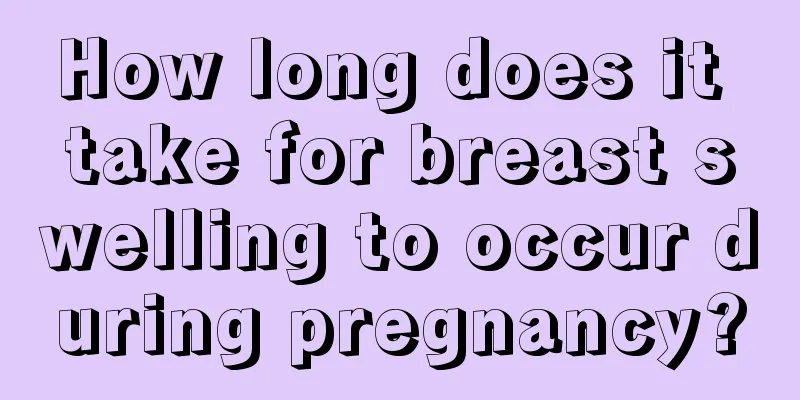How to treat endometrial lesions? Targeted treatment!

|
Endometrial lesions are one of the common gynecological diseases in clinical practice. They are a manifestation of endometrial abnormalities, and the symptoms of endometrial lesions are also similar, most of which include symptoms such as menstrual abnormalities. As for how to treat endometrial lesions, targeted treatment is required. 1. Endometrial thickening (1) Hormone replacement: It is not advisable to use large amounts of exogenous hormones to impact the endocrine system of the body that is already in a disordered state in an attempt to achieve the purpose of treating the disease. In particular, the shortcomings of hormones such as long treatment course, low cure rate and serious side effects have gradually attracted the attention of the clinical community. The most worrisome side effect is a doubling or tripling of the risk of endometrial cancer in menopausal women. Therefore, it will not be introduced. (2) Surgical treatment: The purpose of surgical treatment is mainly to prevent the lesion from developing into endometrial cancer. The applicable subjects are usually the following: ① Those who are ineffective in drug treatment or relapse after drug discontinuation. ② Those aged >40 and have no fertility requirements. ③ Those who are difficult to differentiate from endometrial cancer. ④Patients who choose surgery. 2. Endometriosis Conservative surgery: mainly used for young people who want to have children. The uterus and its appendages are preserved (bilaterally as much as possible), and only the lesions are removed, adhesions are separated, the ovaries are reconstructed, and the tissues are repaired. In recent years, the application of microscopy The surgical procedure was performed to remove the ectopic lesions, carefully suture the wound, reconstruct the pelvic peritoneum, carefully stop bleeding, and thoroughly flush the area to achieve the best surgical results, increase the success rate of pregnancy after surgery, and reduce the recurrence rate. 3. Acute endometritis General treatment: Acute endometritis should be treated by bed rest, preferably in a semi-recumbent position, to help limit the inflammation and drain the uterine secretions; hot compresses can be applied to the lower abdomen to promote the absorption of inflammation and relieve pain; Keep bowel movements smooth to relieve pelvic congestion and facilitate the excretion of toxins. |
<<: How to treat uterine wall thickness?
>>: The harm of endometrial adhesion may lead to infertility!
Recommend
What does pregnancy implantation pain feel like?
Children are the future of the family. Newly marr...
What does a weak positive urine pregnancy test mean?
When many female friends doubt whether they are p...
Does the pregnancy pillow have any side effects?
For pregnant women, they should not only pay atte...
What causes bleeding from the nipples?
The prominent hard lumps in the milk ducts block ...
What to do if a woman has a bad smell in her lower body
Some women usually need to pay attention to hygie...
Is it better to use cooked or raw beans to make soy milk? What is the difference between making soy milk with raw and cooked beans?
We all know that soy milk is a popular drink. It ...
What causes pregnancy-induced hypertension?
How is pregnancy-induced hypertension caused? Wom...
These 4 symptoms warn of high intraocular pressure, so be sure to pay attention!
When people are under great pressure Eye pressure...
Women are more upset when the posture is wrong at sensitive moments
Sleep is very important for women, especially dur...
What are the symptoms of female anal warts
As people's ideas have become more open in re...
What is the reason for girls to have beards on their mouths?
Growing a beard is a man's specialty, but in ...
What are the symptoms of hypoxia in babies during pregnancy?
Pregnancy is a special period for women. Women ne...
What is the status of a pregnant woman in the 9th month of pregnancy? What is the importance of a pregnant woman in the 9th month of pregnancy?
We all know that after a woman becomes pregnant, ...
What to do if your breasts are small_What to do if your breasts are particularly small
Many people have very small breasts, but they are...
Can pregnant women eat radish and beef offal?
There is a little life in the belly of a pregnant...









